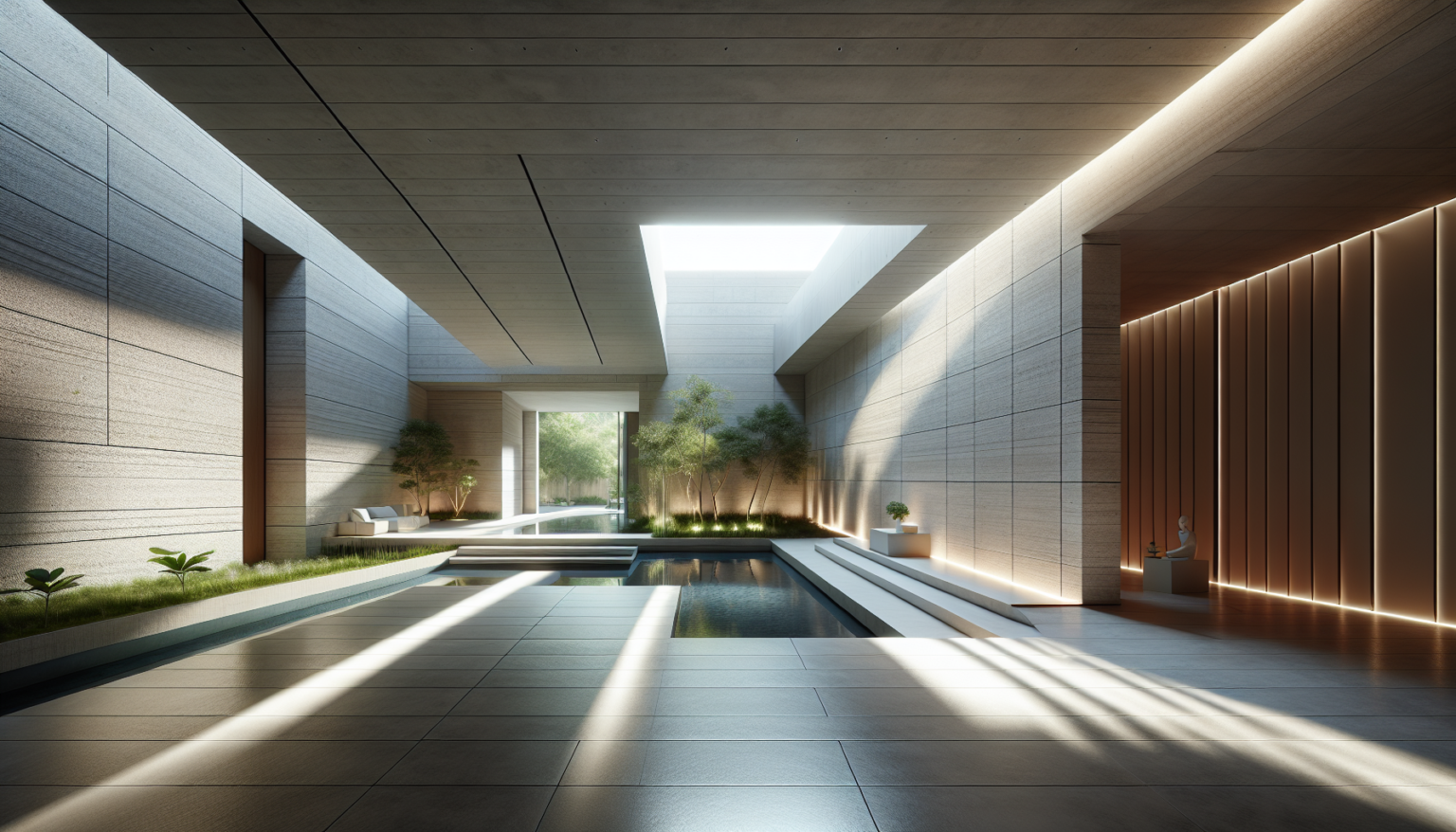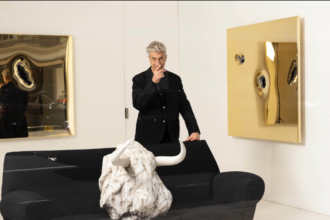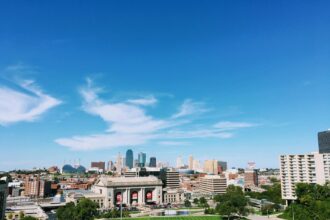The Los Angeles County Museum of Art (LACMA) recently offered a preview of its new David Geffen Galleries, designed by Swiss architect Peter Zumthor. The building, which marks the culmination of a process spanning more than two decades, is scheduled to officially open in April 2026. The galleries stretch in a horizontal, free-flowing form, curving along Hancock Park and spanning Wilshire Boulevard.
The design reflects LACMA’s mission to transform into an inclusive, non-hierarchical museum that celebrates diverse artistic traditions. With this addition, the museum expands its gallery space from approximately 130,000 square feet to 220,000 square feet across its 20-acre campus. The main floor of the new building, elevated nearly 30 feet above street level, consists almost entirely of open space.
It offers galleries with varied scales, configurations, and lighting, from naturally lit perimeter spaces to fully enclosed interior rooms. The horizontal, single-level layout eliminates traditional cultural hierarchies, placing all works on the same plane. At the park level, seven semi-transparent pavilions support the main floor and provide spaces for public amenities, including facilities for outdoor programming.
The W.
Geffen galleries preview at LACMA
M.
Keck Foundation Plaza serves as a central open-air venue for various art activities. Landscaped plazas and sculpture gardens featuring native and drought-tolerant plants, along with site-specific artworks, are integrated throughout the new campus. Designed with sustainability at its core, the galleries target LEED Gold certification.
The building incorporates low-carbon concrete, radiant heating and cooling, natural ventilation, and high-efficiency systems that reduce energy consumption and embodied carbon. Water use is minimized across the site through climate-adapted vegetation and high-performance fixtures. LACMA adopted the Bizot Green Protocol early in the planning process, balancing collection care with environmental performance through flexible climate zones suited to both sensitive works and broader gallery spaces.
More than 95% of construction and waste has been diverted from landfills. This transformative project enhances LACMA’s ability to display its diverse collections and reaffirms its commitment to environmental sustainability and public engagement. The new galleries promise to be a significant cultural landmark in Los Angeles for years to come.













